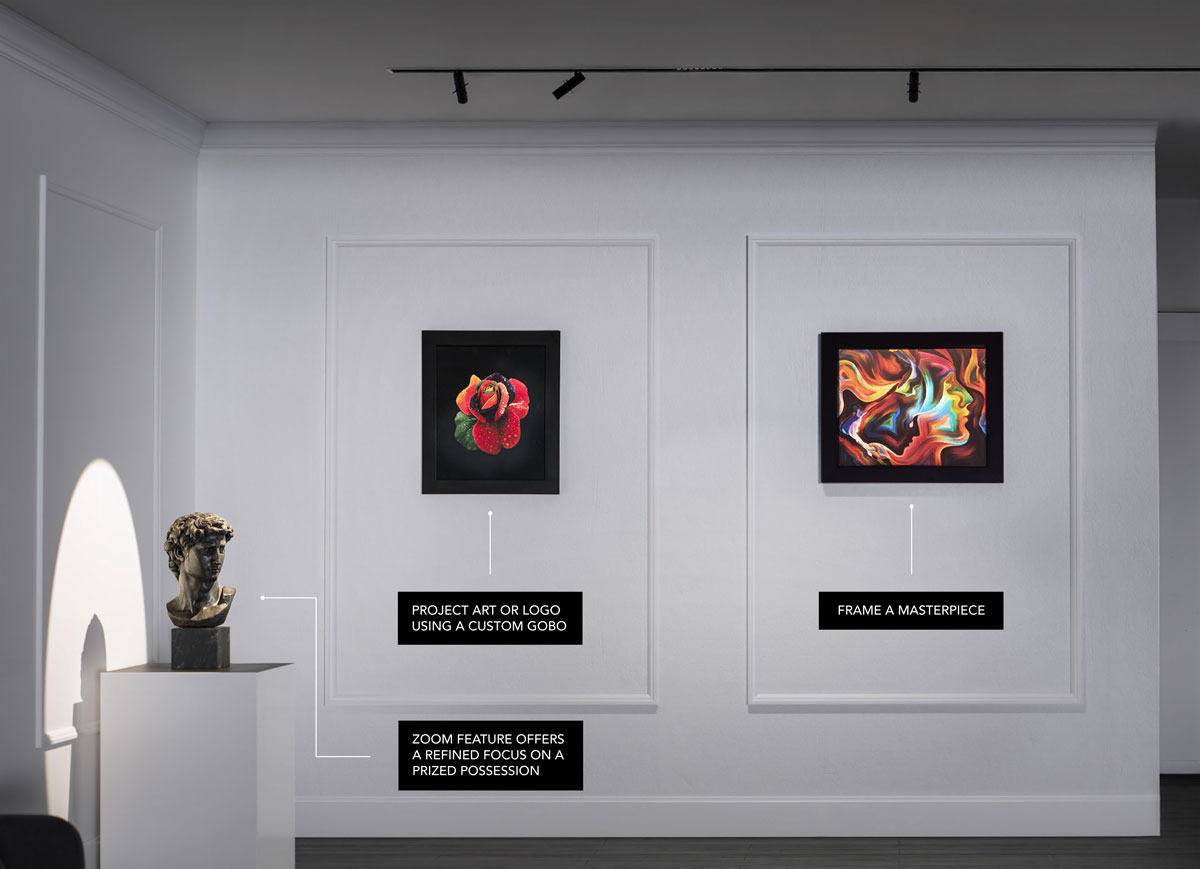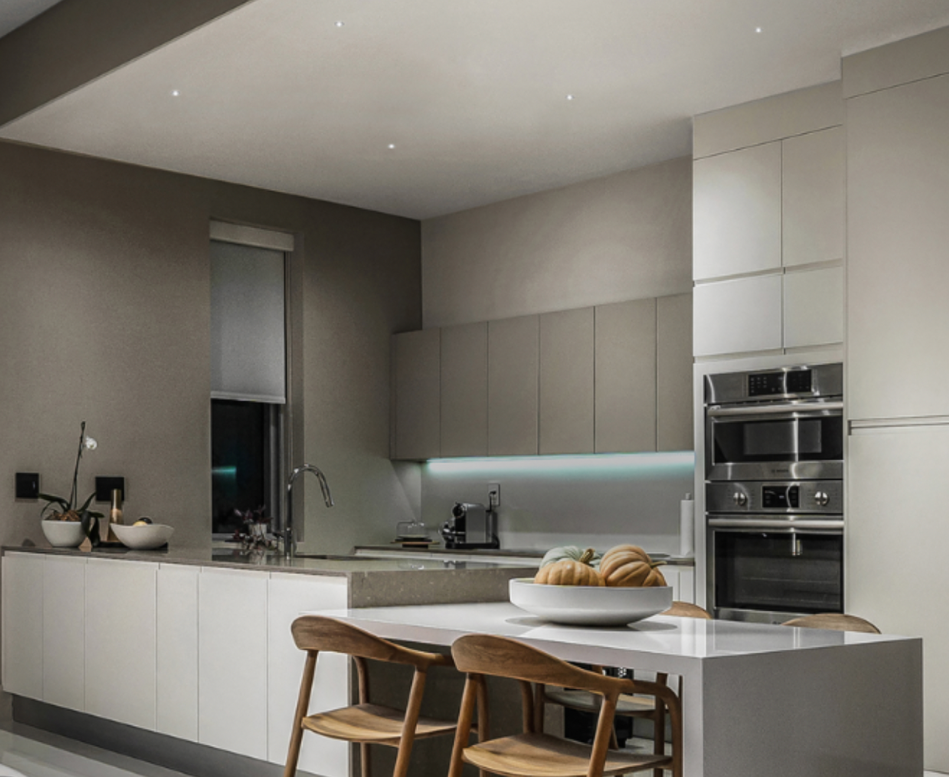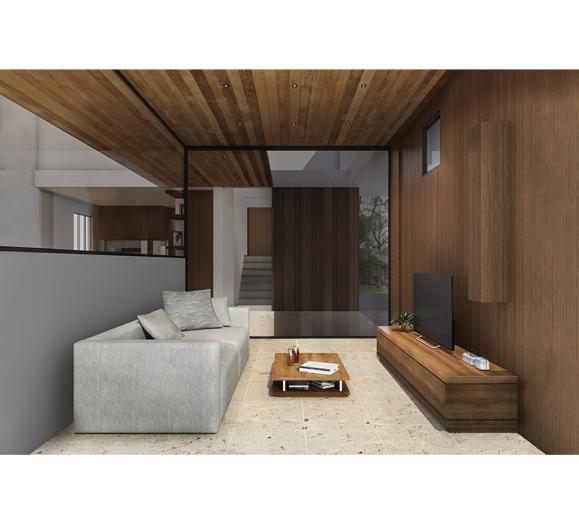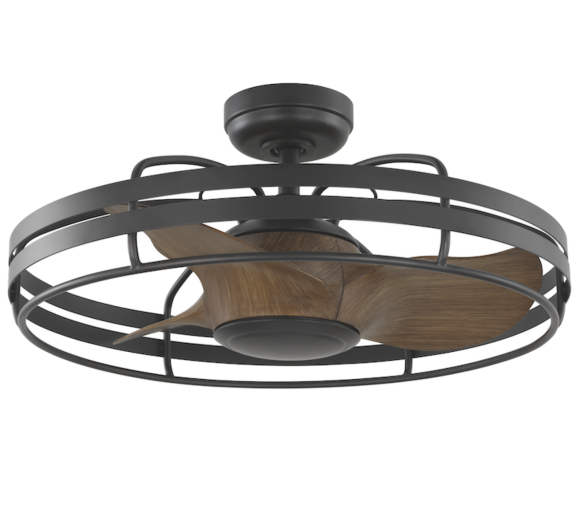Lighting has always played a significant role in enhancing architectural spaces. Today, with advances in technology and new design trends, creative uses of lighting are transforming spaces by setting a tone and drawing focus to colors and textures. Architectural lighting as a category provides customers with many options that enable them to customize the lighting fixture to the surrounding architectural features in their specific projects.
“Generally, architectural lighting can fall into two categories,” says Aubrey Bertin, Director of Sales Support at WAC Lighting. “You can, of course, use it for general lighting. But typically, it comes into play when you’re doing accenting—creating contrast with an architectural feature like a beam, a pillar, a piece of artwork in the room or a piece of furniture that you want to draw attention to. That’s where it really shines.”
The LED effect
Thanks to advances in LED lighting technology, architects and designers have more opportunities to feature lighting in new ways. “Historically, lighting fixtures were developed based on the form factor of the lamp source,” says Peter Durbin, Regional Sales Manager for WAC Lighting. “With LED, we have upended the process. If you can imagine a form, we can add an array. Options are nearly unlimited and, as the NEC and UL standards catch up, we can deliver lighting in ways not dreamed of 20 years ago.”
LED technology has progressed rapidly in recent years. “In the early stages of LED, there were some hiccups with the consistency across lighting types, but we’re at a good place now, getting good color rendering and brightness and small form factors. It creates some beautiful light,” says Bertin.
One of the most important ways that LED has had an impact on the lighting industry is the miniaturization of products, making it possible to expand the areas in which it can fit. “It’s pretty incredible how small these features have gotten,” Bertin continues. “So, you’re able to do all sorts of unique shapes and styles that could never have been done before.” Designers are now incorporating recessed lighting and other shapes that can seamlessly blend into the architecture of a space.
Trends in residential and commercial architectural lighting
Among the many trends in residential application of architectural lighting are a new focus on lighting spaces like hallways and closets that have been traditionally dark, as well as specific task lighting such as uplights in the floor or in bathroom mirrors. Pendants and chandeliers are also used to add new levels of dramatic lighting in unexpected spaces, such as bathrooms, kitchen islands, and bedsides.
Architectural lighting also offers a great deal of flexibility for landscape lighting of any outdoor areas—from pathways to plants. “WAC Lighting and other manufacturers have built a great deal of flexibility into the lighting products themselves,” says Bertin. “So, the end user can change things on the fly in exterior spaces. That’s incredibly important, because when the landscape changes, the lighting can change with it.”
When it comes to trends in office lighting, modular lighting systems are available that provide a system of light for which you can individually choose fixtures over each individual workspace. “That offers the flexibility for each user to adjust lighting for their specific needs,” Bertin continues. “It’s a dramatic difference from office lighting systems in the past that were all-on or all-off for the entire room.”
Planning for architectural lighting projects
Architectural lighting, also referred to as specification-grade lighting, offers many options to choose from when customizing a fixture, including:
- Finish—color
- Beam spread—spot, narrow or flood
- Color temperature—from 2200K (yellowish) to 6500K (bluish hue)
- Color rendering index (CRI)—90+ CRI is required for residential lighting to meet California Title 24 requirements
- Light distribution—direct, indirect or a mix of both
- Light output needed for the space—In the past, the standard output was 800lm from a 4-inch aperture, or a small opening with large coverage. Now, more than 1000lm from a 1-inch aperture is possible.
“When planning an architectural light project, you really need to think about all these specifications at once,” says Bertin. “It’s pretty hard to do things one at a time now, so it just takes a greater degree of planning.”

Architectural lighting fixtures at WAC Lighting
Award-winning WAC luminaires are designed and engineered to raise the bar for architectural lighting in today’s residential and commercial environments. The company recently announced its new WAC-STRUT Stealth framing projector as part of its modular LED lighting, electrical, and power system.
According to Tom Lillie, Director of Specification Sales for Modern Forms and WAC Lighting, "innovative lighting systems like WAC-STRUT are built upon problem-solving lighting solutions for the most problematic and costly challenges in today’s commercial, institutional, and residential projects. Fully customizable, WAC-STRUT is easy to specify and order without special knowledge. This system can also adapt to changing in-process design decisions with ease.”
The miniaturization of products made possible by LED technology is demonstrated with the WAC Aether Atomic recessed luminaire. “Other smaller-track luminaires and other fixtures deploy robust illumination with higher lumens than ever before,” Lillie continues.
WAC Aether Atomic LED Recessed Luminaires
The Aether Atomic series of diminutive recessed luminaires are creatively engineered with LED technology with shallow housing designs that provide robust illumination and convenient serviceability in tight plenum spaces.
Advanced LED luminaires that use small LEDs enable optimal illumination while concealing the light source. “This enables greater design flexibility,” says Lillie. “Many of the chandeliers and pendants from Modern Forms also offer a choice of many spectacular designs and aesthetics.”
Looking ahead
Architectural lighting promises to continue to be a major focus during the design phase of residential and commercial projects. As leading providers of emerging lighting technologies for decades, the lighting experts at WAC Lighting and Modern Forms stand ready to share our expertise in planning your next project.







